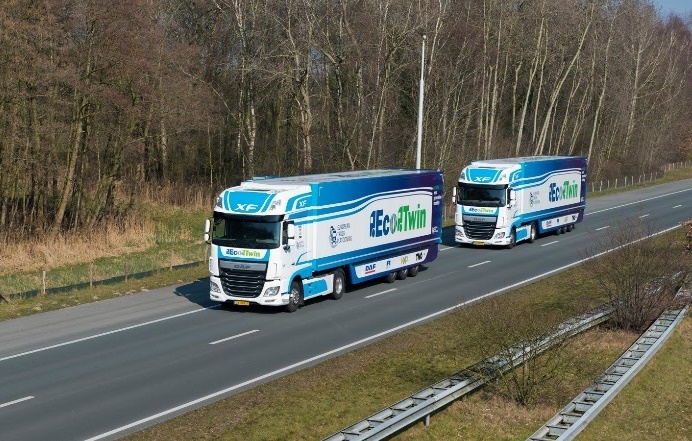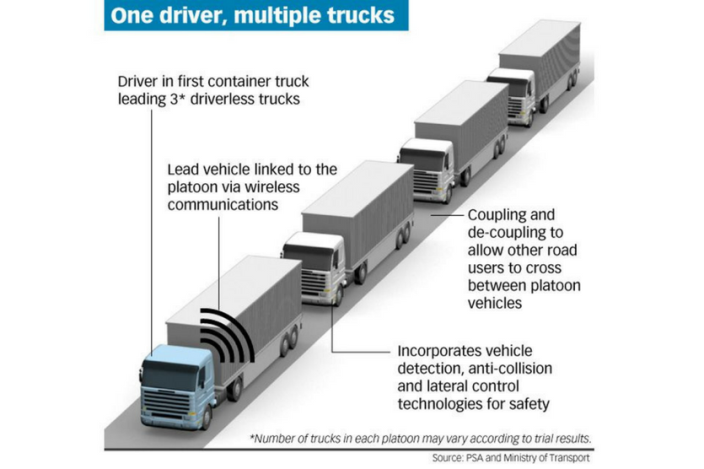oneM2M (http://www.onem2m.org/) is the global standards initiative for Machine-to-Machine Communications and the Internet of Things. The purpose and goal of oneM2M is to develop technical specifications which address the need for a common M2M Service Layer that can be readily embedded within various hardware and software, and relied upon to connect the myriad of devices in the field with M2M application servers worldwide. In particular, TR-0026 “Vehicular Domain Enablement” examines how the current oneM2M System can be used in the Vehicular Domain and includes a study of advanced features which the future oneM2M release(s) could support for this vertical domain. The document also analyses use cases and the potential requirements pertaining to the use cases with regard to vehicular domain.
Consequently, oneM2M has been identified as a key Standard Development Organization to be addressed by the standardisation activity within AUTOPILOT. The standardisation plan of the project is based on the following actions addressing oneM2M:
- Introduce data models in the automotive domain resulting from AUTOPILOT
- Create AUTOPILOT use-cases based on IoT data models
- Create a ‘need for solution’: present AUTOPILOT use cases
- Create ‘elements of solution’: present data models for submitted use cases
During the oneM2M March meeting, TNO presented a set of contributions based on the results obtained in AUTOPILOT and supported by a number of project partners. The contributions were agreed and a number of new use cases were introduced in TR-0026, including:
- Automated Valet Parking – Automation of the valet parking concept.
- Platooning – Platooning is a function where the vehicle is automatically following another vehicle at a relatively close distance.
- Car Rebalancing – The driverless car rebalancing service offers rebalancing of several automated driving (AD) vehicles distributed over several pick up points within a car sharing concept. The AD vehicles will be able to drive automatically (speed limit of 10 km/h) between dedicated pick up points on specific areas, using pre-defined and 3D-mapped tracks and IoT data to improve its world model.
- Highway Pilot – The Highway Pilot function automates highway driving, meaning that steering and speed adjustments are executed by the automated driving system.
- Car sharing – Car sharing can be interpreted as a service that drives the closest available car to the interested customer.
- Urban driving – Urban Driving, assisted by IoT, supports CAD (Connected and Automated Driving) functions through the extension of the Electronic Horizon of an automated vehicle.


Fig. 1 – Platooning today and tomorrow
The contributions approved in March represent an important step in recognising the work done in AUTOPILOT. However, this is just the beginning and actions must be taken to pass from requirements to solutions. This is the goal of the ongoing standardisation activity in AUTOPILOT.

